Home>Garden Essentials>How To Clean A Yard That Is Overgrown With Weeds, Rocks, Ground Cover
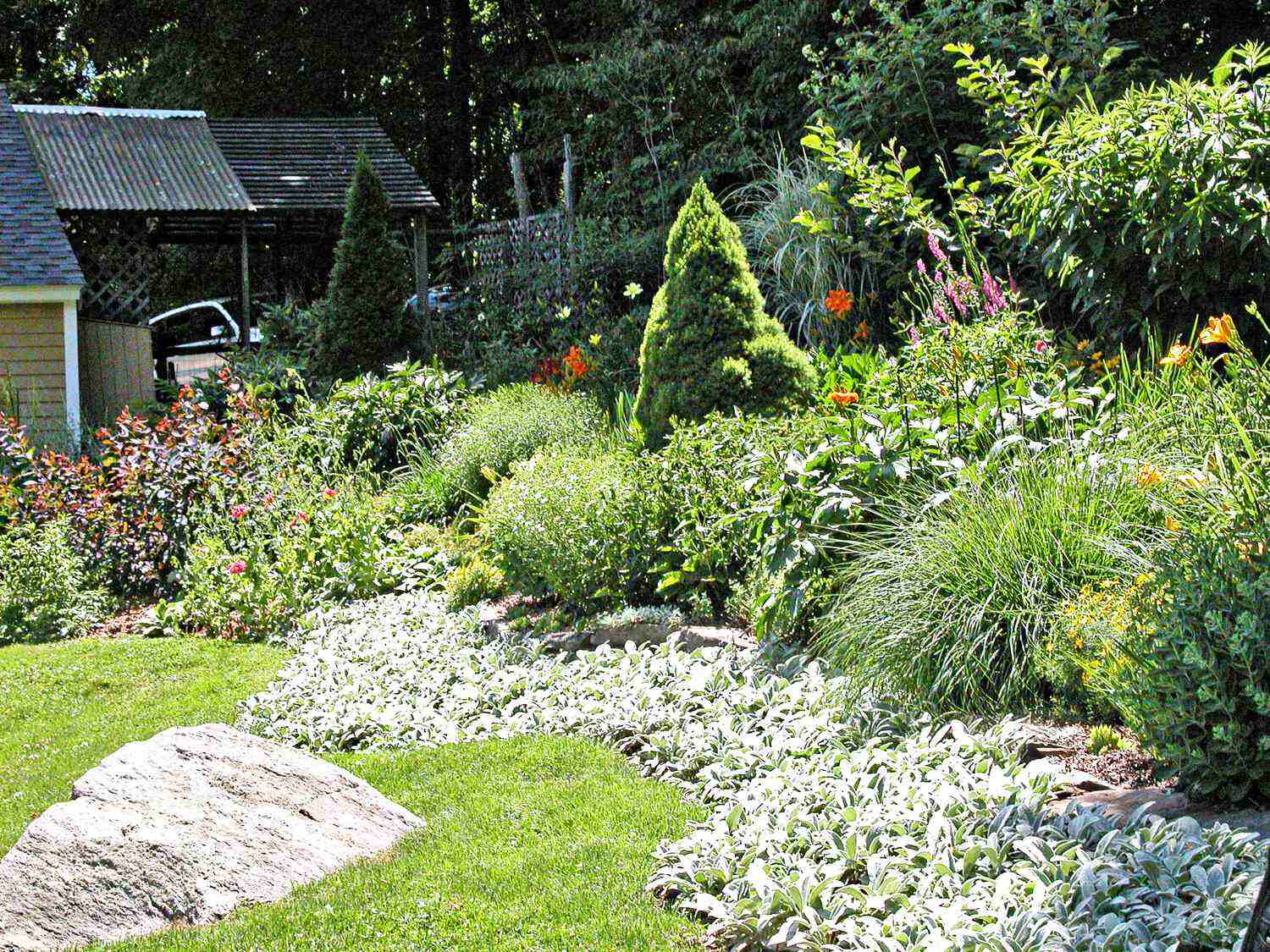

Garden Essentials
How To Clean A Yard That Is Overgrown With Weeds, Rocks, Ground Cover
Modified: March 7, 2024
Learn how to clean your overgrown yard filled with weeds, rocks, and ground cover to transform it into a beautiful garden. Get expert tips and step-by-step instructions!
(Many of the links in this article redirect to a specific reviewed product. Your purchase of these products through affiliate links helps to generate commission for Storables.com, at no extra cost. Learn more)
Introduction
Having a yard is a wonderful addition to any home. It provides a space for relaxation, entertainment, and enjoying the beauty of nature. However, if your yard has become overgrown with weeds, rocks, and unruly ground cover, it can quickly turn into an eyesore and a source of frustration.
Fortunately, with the right approach and some elbow grease, you can transform your neglected yard into a clean and inviting outdoor space. In this article, we will discuss how to effectively clean a yard that is overgrown with weeds, rocks, and ground cover. By following these steps, you’ll be able to reclaim your yard and create a beautiful and manageable outdoor area.
Before diving into the cleaning process, it’s important to assess the condition of your yard. Take a walk around and make note of the areas that require attention. Are there large piles of debris, such as fallen branches or leaves? Are there rocks scattered throughout? Is the ground cover taking over the entire yard? Understanding the extent of the problem will help you determine the best course of action.
Once you have assessed the condition of your yard, it’s time to clear away any debris. Start by removing large objects such as fallen branches, tree stumps, or any other obstacles that may be in the way. Use a wheelbarrow or a garden cart to transport debris to a designated disposal area.
Next, you’ll want to tackle the rocks that may be littering your yard. Depending on the size and quantity, you can either remove them manually or use a rake or shovel to gather them into piles. Once cleared, you can either repurpose the rocks for other landscaping projects or dispose of them accordingly.
Dealing with overgrown weeds and ground cover is often the biggest challenge when cleaning a yard. Before diving into the task, it’s essential to equip yourself with the right tools. These can include gloves, a sturdy weed puller, a hand trowel for precision work, and a weed trimmer or lawnmower for larger areas.
Before you start removing weeds and unwanted plants, it’s advisable to prepare the yard by trimming back any overgrown vegetation. This will give you a clear view of what needs to be removed. Use pruning shears or a trimmer to cut back any branches or vines that may be obstructing your path.
Key Takeaways:
- Transforming an overgrown yard into a beautiful oasis requires clearing debris, removing rocks, and dealing with weeds. Regular maintenance and proper care are essential for a clean and inviting outdoor space.
- Selecting the right tools, preparing the yard, and installing new ground cover are crucial steps in creating a vibrant and well-maintained yard. Consistency and patience lead to a beautiful, weed-free outdoor space.
Read more: How To Install Rock Ground Cover
Assessing the Condition of Your Yard
Before you begin the process of cleaning your overgrown yard, it is crucial to assess its condition. This will help you understand the scope of the work required and plan accordingly. Here are some key steps to follow when assessing your yard:
- Walkthrough: Take a walk around your yard and carefully observe the state of different areas. Look out for overgrown weeds, rocks, and ground cover that may need attention. Note down any specific areas that require immediate cleaning.
- Identify Problematic Areas: Look for areas where weeds and ground cover have taken over the yard, making it difficult to see the original landscape. These areas may require extra effort and specialized tools to clean effectively.
- Observe the Soil Quality: Assess the soil quality of your yard. Is it compacted or loose? Are there any signs of erosion? Understanding the condition of the soil will help you determine the necessary steps to rejuvenate it once the cleaning process is complete.
- Check for Drainage Issues: Examine the yard for any signs of poor drainage such as puddles or areas of standing water. Identifying these problem areas will allow you to address them during the cleaning process and prevent future issues.
- Assess the Presence of Unwanted Vegetation: Look for invasive species or plants that may be competing with desirable plants in your yard. Identify any unwanted trees, shrubs, or vines that need to be removed to restore the balance of your yard’s ecosystem.
- Consider the Safety Aspect: Take note of any hazardous conditions in your yard, such as fallen branches, sharp objects, or tripping hazards. Prioritize the removal of these safety risks to create a safe environment for yourself and others.
- Plan Your Approach: Based on your assessment, develop a plan of action. Determine the sequence of tasks and allocate resources, such as time and tools, accordingly. Having a clear plan will help you stay organized and efficient throughout the cleaning process.
By thoroughly assessing the condition of your yard, you can gain valuable insights that will guide your cleaning efforts. Understanding the unique challenges and requirements of your yard will ensure that you approach the cleaning process with a tailored approach, maximizing your chances of success.
Clearing the Yard of Debris
Clearing the yard of debris is an essential step in the process of cleaning an overgrown yard. By removing excess debris, you create a clean and safe environment to work in and pave the way for the subsequent tasks. Here are some steps to effectively clear the yard:
- Remove Large Debris: Start by removing any large debris such as fallen branches, tree limbs, or old furniture. Use a rake, broom, or your hands to gather the debris into manageable piles.
- Dispose of Debris: Once you have gathered the debris, use a wheelbarrow, garden cart, or heavy-duty trash bags to transport it to a designated disposal area. If possible, recycle or repurpose any materials that can be reused.
- Clear Dead Leaves and Twigs: Use a rake or leaf blower to clear dead leaves, twigs, and other small organic debris from the ground. This will improve the aesthetics of your yard and prevent them from becoming potential breeding grounds for pests.
- Check Hiding Spots: Inspect areas where debris may hide, such as under bushes, behind structures, or along fences. Remove any accumulated debris from these hidden spots to ensure a thorough cleaning.
- Clear Out Weeds and Vines: Remove any weeds, vines, or other vegetation that may be entangled in the debris. This will prevent them from regrowing or spreading to other areas of your yard during the cleaning process.
- Maintain Safety: While clearing debris, be cautious of any sharp objects or hazardous materials that may be concealed. Use gloves and sturdy shoes to protect yourself from potential injuries.
- Regular Maintenance: Establish a routine for regular yard maintenance, including cleaning up debris on a weekly or monthly basis. This will prevent the accumulation of debris and keep your yard looking tidy all year round.
By effectively clearing the yard of debris, you create a clean canvas to work with during the cleaning process. This not only improves the appearance of your yard but also enhances safety and allows for easier navigation as you move forward with the subsequent steps of restoring your overgrown yard.
Removing Rocks and Large Obstacles
When cleaning an overgrown yard, dealing with rocks and large obstacles can be a challenging task. These obstructions not only hinder the overall appearance of the yard but can also cause difficulties when trying to restore and maintain the space. To effectively remove rocks and large obstacles, follow these steps:
- Gather the Necessary Tools: Equip yourself with the appropriate tools for rock and obstacle removal. This may include a wheelbarrow, shovel, pickaxe, prybar, and safety gloves. Having the right tools will make the process easier and more efficient.
- Identify and Assess the Rocks and Obstacles: Walk around your yard and identify the rocks and large obstacles that need to be removed. Assess their size, weight, and level of difficulty in terms of removal. This will help you plan the best approach for each specific case.
- Start with Smaller Rocks: Begin by removing smaller rocks. Use a shovel or your hands to carefully dig around the base of each rock. Lift and transfer them to the wheelbarrow or designated disposal area.
- Tackle Larger Rocks: For larger rocks that cannot be easily lifted, use a prybar or pickaxe to loosen them from the ground. Rock them back and forth to break the bond with the soil, and then use leverage to lift and remove them. Be cautious while handling heavy rocks to avoid injuries.
- Clear Obstacles: Apart from rocks, certain obstacles like tree stumps, fallen logs, or old structures might be present in your yard. Use a chainsaw, axe, or other appropriate tools to clear and remove these obstacles. Ensure proper safety measures and seek professional help if needed.
- Dispose of Rocks and Obstacles: Once you have removed the rocks and large obstacles, dispose of them properly. Depending on local regulations, you may need to take them to a designated recycling center, landfill, or reuse them for landscaping purposes.
- Maintain the Cleared Area: After removing the rocks and large obstacles, take the opportunity to level the ground and prepare it for further cleaning or landscaping. Remove any remaining debris and address any unevenness to create a smooth and clean foundation for future yard maintenance.
By systematically removing rocks and large obstacles from your yard, you not only improve its aesthetics but also create a safer and more functional space. Take the time to remove these obstructions properly, and your efforts will be rewarded with a more enjoyable and manageable outdoor environment.
Dealing with Overgrown Weeds and Ground Cover
One of the most challenging aspects of cleaning an overgrown yard is tackling the overgrown weeds and ground cover. These can quickly take over the space, competing with desirable plants and making the yard look untidy. To effectively deal with overgrown weeds and ground cover, follow these steps:
- Evaluate the Weed and Ground Cover Situation: Take a close look at the types of weeds and ground cover that have invaded your yard. Identify if they are annual or perennial, as this will determine which approach is most appropriate for eradication.
- Manual Removal: Begin by manually removing as much of the overgrown weeds and ground cover as possible. Wear gloves to protect your hands and use a rake, trowel, or weed puller to uproot the plants. Be thorough, ensuring you remove the entire root system to prevent regrowth.
- Mulching: Apply a layer of mulch to areas where you’ve removed weeds and ground cover. Mulching helps suppress weed growth, conserve soil moisture, and improve the appearance of your yard. Use organic mulch, such as wood chips or straw, and spread it evenly around plants and over bare soil.
- Herbicide Application: If the weed infestation is extensive, you may consider using herbicides as a supplementary method. Ensure you choose an appropriate herbicide for the specific weeds you’re targeting and follow the instructions carefully. Apply the herbicide sparingly and avoid spraying on desirable plants.
- Natural Weed Control: If you prefer a more natural approach, there are several eco-friendly methods to control weeds. These include boiling water, vinegar spray, salt solutions, or homemade weed killer recipes. Research and choose the method that aligns with your values and is suitable for your yard’s specific needs.
- Regular Maintenance: To prevent weeds and ground cover from taking over again, establish a regular maintenance routine. This may involve hand-weeding small areas, using a trimmer or lawnmower to keep the vegetation under control, and consistently applying mulch to suppress weed growth.
- Consider Alternative Ground Cover: If your yard is prone to weed and ground cover infestations, you might consider replacing the existing ground cover with more desirable plants or low-maintenance alternatives. Consult a local nursery or landscaping professional to select the best options for your region and personal preferences.
Dealing with overgrown weeds and ground cover requires patience, persistence, and the right techniques. By combining manual removal, mulching, and appropriate weed control measures, you can gradually reclaim your yard from the clutches of unwanted vegetation. Regular maintenance and the use of suitable ground cover will help keep your yard looking beautiful and weed-free in the future.
Selecting the Right Tools for the Job
When it comes to cleaning an overgrown yard, having the right tools can make all the difference in the efficiency and effectiveness of your efforts. The selection of appropriate tools will depend on the specific tasks you need to accomplish. Here are some essential tools to consider:
- Gloves: A good pair of gloves will protect your hands from cuts, scratches, and contact with potentially harmful substances. Look for gloves that are durable, comfortable, and provide a good grip.
- Hand Tools: Hand tools such as a rake, shovel, trowel, and hand pruners are indispensable for various cleaning tasks. They can help remove debris, clear small areas, and prune plants with precision.
- Weed Puller or Weeding Tool: To efficiently remove weeds from the root, consider investing in a weed puller or weeding tool. These tools are designed to grasp and extract weeds, minimizing the effort required and reducing strain on your back.
- Trimming Tools: Depending on the size and type of vegetation in your yard, you may need different types of trimming tools. Options include hedge shears for shaping hedges, loppers for cutting thicker branches, and a weed trimmer or lawnmower for larger areas.
- Pruning Shears: Pruning shears are essential for trimming back overgrown branches and foliage. Look for a sharp and durable pair that provides clean cuts without damaging the plants.
- Wheelbarrow or Garden Cart: A wheelbarrow or garden cart will come in handy for transporting debris, rocks, and other materials throughout your yard. Opt for a sturdy and spacious option that can handle the weight and volume of your specific needs.
- Rake: A rake is useful for clearing debris, leveling soil, and spreading mulch. Choose a rake with sturdy tines that won’t easily bend or break during heavy-duty use.
- Safety Equipment: Don’t forget to prioritize safety. Equip yourself with protective eyewear, ear protection, and appropriate footwear to ensure your well-being while working in the yard.
- Optional and Specialized Tools: Depending on the unique characteristics of your yard, you may require additional specialized tools. These could include a pickaxe for removing stubborn rocks, a chainsaw for cutting down larger branches or trees, or a power edger for creating clean and defined edges along walkways and borders.
Take the time to assess your yard’s requirements and invest in high-quality tools that match your specific needs. Well-maintained tools will not only make the cleaning process more manageable but also ensure your safety and the longevity of your equipment. Don’t hesitate to consult with experts at your local garden center or hardware store for personalized tool recommendations based on the size, condition, and features of your yard.
Preparing the Yard for Cleaning
Before diving into the cleaning process of an overgrown yard, it’s important to properly prepare the space. Taking the time to prepare the yard will help ensure a smooth and efficient cleaning process. Here are some steps to follow in order to prepare your yard:
- Clear the Pathways: Start by clearing any pathways or walkways that may lead to and within your yard. This will provide clear access for you to navigate and move equipment around easily.
- Remove Obstacles: Take a walk through your yard and remove any small obstacles that may obstruct your cleaning efforts. These can include fallen branches, toys, garden tools, or any other items that are not part of the landscape.
- Protect Delicate Plants: If you have delicate or desirable plants in your yard, take precautions to protect them during the cleaning process. Use stakes or plant guards to create a physical barrier around these plants to prevent accidental damages.
- Secure Loose Structures: Check for any loose structures, such as trellises, fences, or garden ornaments. Secure them properly to prevent accidents or further damage during the cleaning process.
- Prepare Cleaning Tools: Gather all the necessary cleaning tools you will need for the specific tasks. Some of these tools can include rakes, shovels, weed pullers, pruning shears, and any other equipment required for debris removal and vegetation management.
- Inspect and Maintain Equipment: Before starting, inspect your cleaning equipment to ensure they are in good working condition. Check for any damaged or worn-out parts and replace or repair as needed. This will help prevent any interruptions during the cleaning process.
- Stay Informed: Familiarize yourself with local regulations and guidelines for the disposal of yard waste and debris. This will ensure that you are disposing of the materials in the appropriate and environmentally friendly manner.
- Plan Your Approach: Develop a plan of action for tackling the specific cleaning tasks in your yard. Prioritize the areas that require immediate attention and create a step-by-step schedule to guide your progress. This will help you stay organized and complete the cleaning process more efficiently.
- Dispose of Debris Properly: Set up designated areas for debris disposal, recycling, and composting. Use bags, containers, or a wheelbarrow to easily transport the collected debris to the appropriate disposal locations.
- Ensure Personal Safety: Lastly, prioritize your personal safety throughout the cleaning process. Wear appropriate protective gear such as gloves, closed-toe shoes, and safety goggles. Stay hydrated, take breaks when needed, and avoid overexertion.
By taking the time to adequately prepare your yard for cleaning, you’ll set yourself up for a more efficient and successful process. Proper preparation will help ensure the safety of your plants, equipment, and yourself, while also maximizing the effectiveness of your cleaning efforts. With a well-prepared yard, you can confidently tackle the task of bringing your overgrown yard back to its former beauty.
Start by removing large rocks and debris, then use a weed trimmer to cut down overgrown weeds. Rake up the debris and use a weed killer to prevent regrowth. Finally, consider planting ground cover to prevent future weed growth.
Mowing or Trimming the Overgrown Vegetation
When tackling an overgrown yard, mowing or trimming the vegetation is an essential step in the cleaning process. This step helps to regain control over the height and shape of the plants, making the yard look more groomed and tidy. Here are some guidelines for effectively mowing or trimming overgrown vegetation:
- Assess the Vegetation: Before starting, evaluate the types of vegetation in your yard. Determine if the plants are primarily grass, shrubs, or a combination of both. This information will help you select the appropriate tools and techniques.
- Mow or Trim Strategically: Decide whether you need to mow the entire yard or focus on specific areas with dense or excessively tall vegetation. Prioritize the areas that are most overgrown or visually problematic.
- Adjust Mower Height: If you’re using a lawnmower, adjust the cutting height to a higher setting initially when dealing with overgrown grass. This will prevent the mower from bogging down and reduce the risk of damaging the blades or mower itself.
- Take It Slow: For dense vegetation, take multiple passes with the lawnmower at gradually lower heights. This will avoid overwhelming the mower and allow for more efficient cutting. Be mindful of any obstacles in the yard, including rocks or hidden debris.
- Trimming Shrubs and Hedges: Use hedge shears or electric trimmers to shape and control overgrown shrubs and hedges. Start at the outer edges and work your way in, trimming away any straggling branches or uneven growth.
- Ensure Proper Technique: Use smooth and deliberate motions when mowing or trimming. Avoid rushing or making abrupt cuts, as this can result in an uneven appearance or leave behind missed areas.
- Collect and Dispose of Clippings: After mowing or trimming, collect the clippings and dispose of them properly. They can be added to compost piles or used as mulch in designated areas of your yard.
- Regular Maintenance: Establish a regular mowing and trimming schedule to prevent the vegetation from becoming overgrown again. This will help maintain a neat and manageable yard over time.
- Consider Professional Assistance: If the vegetation is extremely overgrown or challenging to handle, consider hiring a professional landscaping service. They have the expertise and specialized equipment to effectively tackle large-scale projects.
By mowing or trimming the overgrown vegetation, you can bring order and structure back to your yard. Remember to prioritize safety, wear appropriate protective gear, and follow the manufacturer’s instructions when operating lawn mowers or trimmers. With patience and proper technique, you’ll be able to transform your yard into a well-manicured and inviting outdoor space.
Removing Weeds and Unwanted Plants
When dealing with an overgrown yard, removing weeds and unwanted plants is vital to reclaiming its beauty and ensuring the health of your desired vegetation. Weeds compete for resources and can quickly take over your yard if left unchecked. Here are some steps to effectively remove weeds and unwanted plants:
- Identify the Weeds and Unwanted Plants: Take the time to educate yourself about the common weeds and undesirable plants in your area. This knowledge will help you better understand their growth patterns and effective removal methods.
- Manual Removal: For small patches or individual weeds, manual removal is often the most reliable method. Use a weed puller, hand trowel, or your hands to uproot weeds, ensuring you remove the entire root system to prevent regrowth.
- Ensure Thorough Weeding: Pay close attention to hard-to-reach areas such as along fences, in cracks, and near structures where weeds tend to thrive. Take your time and be thorough in removing weeds from these nooks and crannies.
- Sheet Mulching: Consider using the sheet mulching method to suppress weed growth. Lay down biodegradable landscape fabric or cardboard over bare soil, cutting holes for desired plants. Cover the fabric with a layer of mulch to create a barrier against emerging weeds.
- Apply Herbicides: Herbicides can be effective in controlling widespread weed infestations. Choose a selective herbicide that targets weeds while sparing desirable plants. Follow the instructions carefully and apply the herbicide only when there is minimal risk of spray drifting onto other vegetation.
- Apply Natural Weed Control Methods: If you prefer a more natural approach, several natural weed control methods can be effective. These include applying vinegar or boiling water directly to weeds, hand-spraying a mixture of vinegar and dish soap, or using a weed torch to burn weeds.
- Regular Maintenance: Establish a regular maintenance routine to stay on top of weed growth. Regularly inspect your yard for new weed growth and promptly remove any unwanted plants to prevent them from becoming established.
- Consider Ground Cover Options: Replace bare soil areas with suitable ground covers or landscaping fabric to discourage weed growth. Ground covers such as mulch, gravel, or low-maintenance plants can help prevent weed seeds from germinating by blocking sunlight and conserving soil moisture.
- Prevent Future Weed Seeds: Be mindful of preventing the spread of weed seeds in your yard. Avoid allowing weeds to go to seed by removing them before they flower. Clean tools and footwear to avoid introducing weed seeds from other areas.
- Stay Persistent: Weed control is an ongoing process. Stay persistent and regularly monitor your yard for any signs of new weed growth. By consistently removing weeds and unwanted plants, you’ll maintain a healthier and more attractive yard.
By removing weeds and unwanted plants, you can create an environment that promotes the growth of desired vegetation. Whether using manual removal, herbicides, or natural weed control methods, consistency and persistence are key. With proper management and regular maintenance, you can keep your yard looking fresh and weed-free for years to come.
Applying Herbicides or Natural Weed Killers
When dealing with persistent or widespread weed infestations in your overgrown yard, applying herbicides or natural weed killers can be an effective solution. Properly selecting and using these products will help target and eliminate weeds, allowing your desired plants to thrive. Here are some guidelines for applying herbicides or natural weed killers:
- Identify the Types of Weeds: Before selecting a herbicide or natural weed killer, identify the specific types of weeds infesting your yard. Different products target different weeds, so understanding the weed species will ensure you choose the most appropriate treatment.
- Read and Follow Product Instructions: Carefully read and follow the instructions provided by the manufacturer for the herbicide or natural weed killer you have selected. Pay attention to dosage, mixing instructions, application methods, and safety precautions.
- Consider Selective Herbicides: Selective herbicides target specific types of weeds while sparing desirable plants. This is particularly useful when dealing with broadleaf weeds in a lawn where grass is desired. Non-selective herbicides, on the other hand, kill all vegetation they come into contact with and should be used with caution.
- Apply Herbicides Strategically: Before applying herbicides, carefully consider the weather conditions and timing. Choose a calm day with little to no wind to prevent herbicide drift onto unintended areas. Avoid applying herbicides during periods of rain since it can wash away the product before it has a chance to work effectively.
- Use Protective Gear: When applying herbicides, always wear appropriate protective gear, such as gloves, goggles, long sleeves, and pants. Follow the recommended safety precautions indicated on the product’s label to protect yourself from potential harmful effects.
- Consider Natural Weed Killers: If you prefer a more natural approach, there are several alternatives to chemical herbicides. Natural weed killers include vinegar, boiling water, salt solutions, and organic herbicides based on essential oils. These options can be effective for controlling weeds in specific areas or as targeted spot treatments.
- Apply with Precision: When applying herbicides or natural weed killers, aim for precise coverage. Avoid overspraying or applying in excessive amounts, as it can lead to damage to nearby desirable plants. Use a sprayer or applicator specifically designed for the product to ensure an even and controlled application.
- Allow Sufficient Time for Results: Some herbicides may require several days or weeks to visibly show the effects on the weeds. Be patient and avoid prematurely reapplying or assuming the treatment was ineffective. Follow the instructions provided and give the product enough time to work before considering additional applications.
- Prevent Future Weed Growth: While herbicides can help eliminate existing weeds, it’s crucial to address the underlying causes of weed growth. This may include improving soil health, implementing proper lawn care practices, and regularly maintaining your yard to prevent new weed seeds from taking hold.
- Dispose of Containers Properly: After using herbicides, dispose of the empty containers according to local regulations. Rinse containers thoroughly and follow the recommended disposal methods. Avoid leaving containers where they can pose a risk to children, pets, or the environment.
Remember, the responsible use of herbicides or natural weed killers is important for the health of your yard and the surrounding environment. Always follow the instructions provided by the product manufacturer and consider natural alternatives where appropriate. By using herbicides or natural weed killers effectively and responsibly, you can help eliminate weeds and create a healthier, more vibrant yard.
Installing New Ground Cover or Turf
Installing new ground cover or turf is a great way to transform an overgrown yard into a lush and inviting space. Whether you’re looking to replace bare patches with ground cover or completely overhaul the lawn with fresh turf, proper installation is key. Here are some steps to guide you in the process:
- Evaluate the Area: Assess the condition of the area where the new ground cover or turf will be installed. Take into account factors such as sunlight exposure, soil type, drainage, and foot traffic to determine the most suitable options for your yard.
- Prepare the Soil: Clear the area of any existing vegetation, debris, and rocks. Loosen the soil with a rake or tiller to improve aeration and drainage. Remove any weeds or unwanted plants, ensuring their roots are completely eliminated to prevent future regrowth.
- Select the Type of Ground Cover or Turf: Research different options for ground cover or turf and choose the one that best suits your needs and preferences. Consider factors like maintenance requirements, water efficiency, durability, and aesthetic appeal.
- Amend the Soil: Test your soil and make any necessary amendments to ensure optimal growing conditions for the selected ground cover or turf. This may include adding compost, organic matter, or adjusting pH levels according to the specific needs of the chosen vegetation.
- Properly Measure and Plan: Determine the amount of ground cover or turf needed by accurately measuring the area to be covered. Calculate the square footage and consult with suppliers or professionals to ensure you purchase the correct amount.
- Install Ground Cover or Lay Turf: Follow the specific instructions for the ground cover or turf you’ve selected. Install ground cover by spreading it evenly over the prepared soil, leaving adequate space for each plant to establish. For turf, carefully lay the sections, ensuring they fit tightly together without overlap or gaps.
- Water and Establish: Water newly installed ground cover or turf thoroughly immediately after installation. Follow watering guidelines specific to the chosen vegetation to promote healthy root development and establishment. Monitor the watering schedule closely during the initial weeks to ensure optimal growth.
- Maintain and Care: Regularly maintain and care for the newly installed ground cover or turf. This includes proper watering, mowing or trimming, fertilizing, and controlling weeds or pests according to the specific requirements of the chosen vegetation.
- Monitor and Adjust: Keep a close eye on the newly installed ground cover or turf. Monitor its health and make any necessary adjustments to your maintenance routine based on the specific needs and growth patterns of the chosen vegetation.
- Patience is Key: Understand that it may take some time for the ground cover or turf to fully establish and fill in the area. Be patient and provide the necessary care and maintenance for optimal growth and overall success.
Installing new ground cover or turf can significantly enhance the appearance and functionality of your yard. Follow these steps carefully and provide the appropriate care to ensure long-lasting, healthy growth. With proper installation and ongoing maintenance, you’ll enjoy a beautiful and vibrant outdoor space for years to come.
Maintaining a Clean and Weed-Free Yard
Once you have cleaned and restored your yard, maintaining a clean and weed-free environment becomes crucial to preserving its beauty and functionality. A well-maintained yard not only enhances the overall aesthetics but also supports the health and growth of desired plants. Here are some tips to help you achieve and sustain a clean and weed-free yard:
- Establish Regular Maintenance: Set up a regular maintenance schedule to keep up with yard tasks. This includes mowing, trimming, weeding, and general upkeep such as raking fallen leaves and picking up debris. Consistency is key to prevent the accumulation of weeds and maintain a tidy appearance.
- Mow and Edge the Lawn: Regularly mow the lawn to an appropriate height according to the grass type. This helps to discourage weed growth and promote a lush, healthy lawn. Additionally, edge along walkways, driveways, and flower beds to create clean, defined borders that discourage encroaching vegetation.
- Water Properly: Water your yard appropriately, aiming for deep, infrequent watering rather than frequent shallow watering. This promotes deeper root growth and reduces weed germination. Be mindful of local water-use regulations and adjust watering schedules according to seasonal weather conditions.
- Fertilize Strategically: Apply fertilizers sparingly and strategically to promote the growth of desirable plants while minimizing excess nutrient availability for weeds. Use slow-release or organic fertilizers and adhere to recommended application rates and timings.
- Implement Mulching: Apply a layer of organic mulch around plants and in bare soil areas. Mulch helps suppress weed growth, conserve soil moisture, and improve the overall appearance of your yard. Maintain an appropriate thickness of mulch and replenish as needed.
- Hand-Weed Regularly: Regularly inspect your yard and promptly remove any emerging weeds by hand before they have a chance to spread or produce seeds. Be thorough and ensure that you remove the entire root system to prevent regrowth.
- Monitor and Control Pests: Keep an eye out for pests that can harm your plants or contribute to the overall disorder of your yard. Implement appropriate pest control measures using natural or targeted treatments to minimize the impact on beneficial insects and the environment.
- Promote Healthy Soil: Maintain the health of your soil through regular soil testing and adding amendments as needed. Healthy soil encourages strong plant growth, making it less susceptible to weed infiltration. Ensure proper nutrient balance, pH levels, and organic matter content.
- Practice Preventative Measures: Prevent weeds from taking hold by implementing preventative measures. This includes applying pre-emergent herbicides or using landscape fabric in bare soil areas to inhibit weed seed germination. Additionally, minimize soil disturbance to prevent the activation of dormant weed seeds.
- Stay Informed: Stay updated on the latest landscaping and gardening practices, as well as local regulations regarding yard maintenance. Attend workshops, consult local experts, or join gardening communities to learn new techniques and gain insights tailored to your region.
Maintaining a clean and weed-free yard requires consistent effort and dedication. Follow these guidelines, adapt them to your specific yard’s needs, and stay proactive in your maintenance routine. By practicing good yard care habits, you’ll enjoy a beautiful and inviting outdoor space that you can take pride in.
Conclusion
Cleaning and restoring an overgrown yard can be a challenging task, but the end result is a beautiful and inviting outdoor space that you can enjoy for years to come. By following the steps outlined in this article, including assessing the condition of your yard, clearing debris, removing rocks and obstacles, dealing with overgrown weeds and ground cover, selecting the right tools, preparing the yard, mowing or trimming vegetation, removing weeds and unwanted plants, applying herbicides or natural weed killers, installing new ground cover or turf, and maintaining a clean and weed-free yard, you can transform your overgrown yard into a vibrant and well-maintained oasis.
Remember, the key to success is consistency and regular maintenance. Set a schedule for ongoing yard care tasks, such as mowing, trimming, weeding, and general upkeep. By following proper watering techniques, fertilizing strategically, and practicing preventative measures, you can keep weeds at bay and promote the health and growth of desired plants.
Additionally, staying informed about the latest landscaping practices and local regulations will help you make informed decisions and ensure that you are taking the best steps for your specific yard. Don’t hesitate to seek advice from professionals or join gardening communities for tips and guidance tailored to your region and needs.
With patience, perseverance, and the right approach, your overgrown yard can be transformed into a stunning outdoor space that you can be proud of. So roll up your sleeves, gather your tools, and get to work in creating a clean, beautiful, and weed-free yard that will truly enhance your home and provide you with endless joy.
Frequently Asked Questions about How To Clean A Yard That Is Overgrown With Weeds, Rocks, Ground Cover
Was this page helpful?
At Storables.com, we guarantee accurate and reliable information. Our content, validated by Expert Board Contributors, is crafted following stringent Editorial Policies. We're committed to providing you with well-researched, expert-backed insights for all your informational needs.
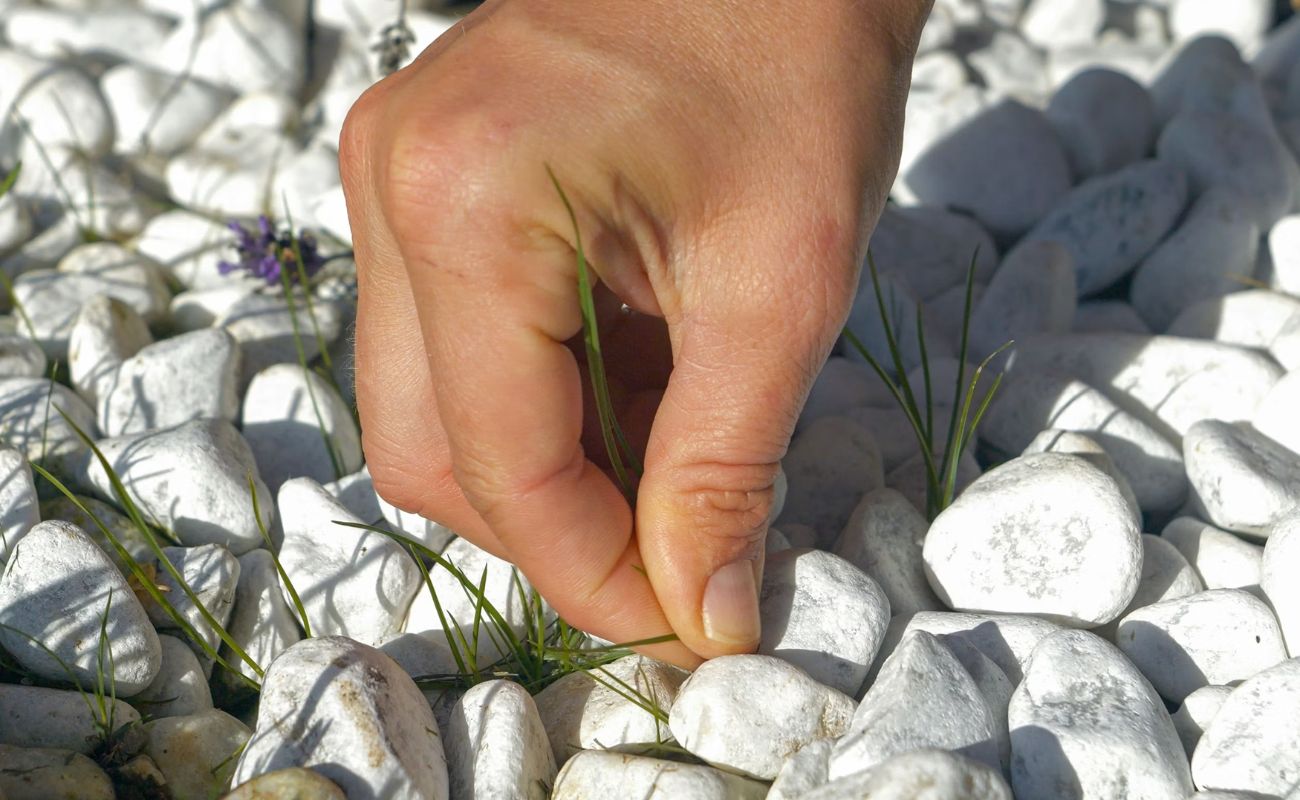
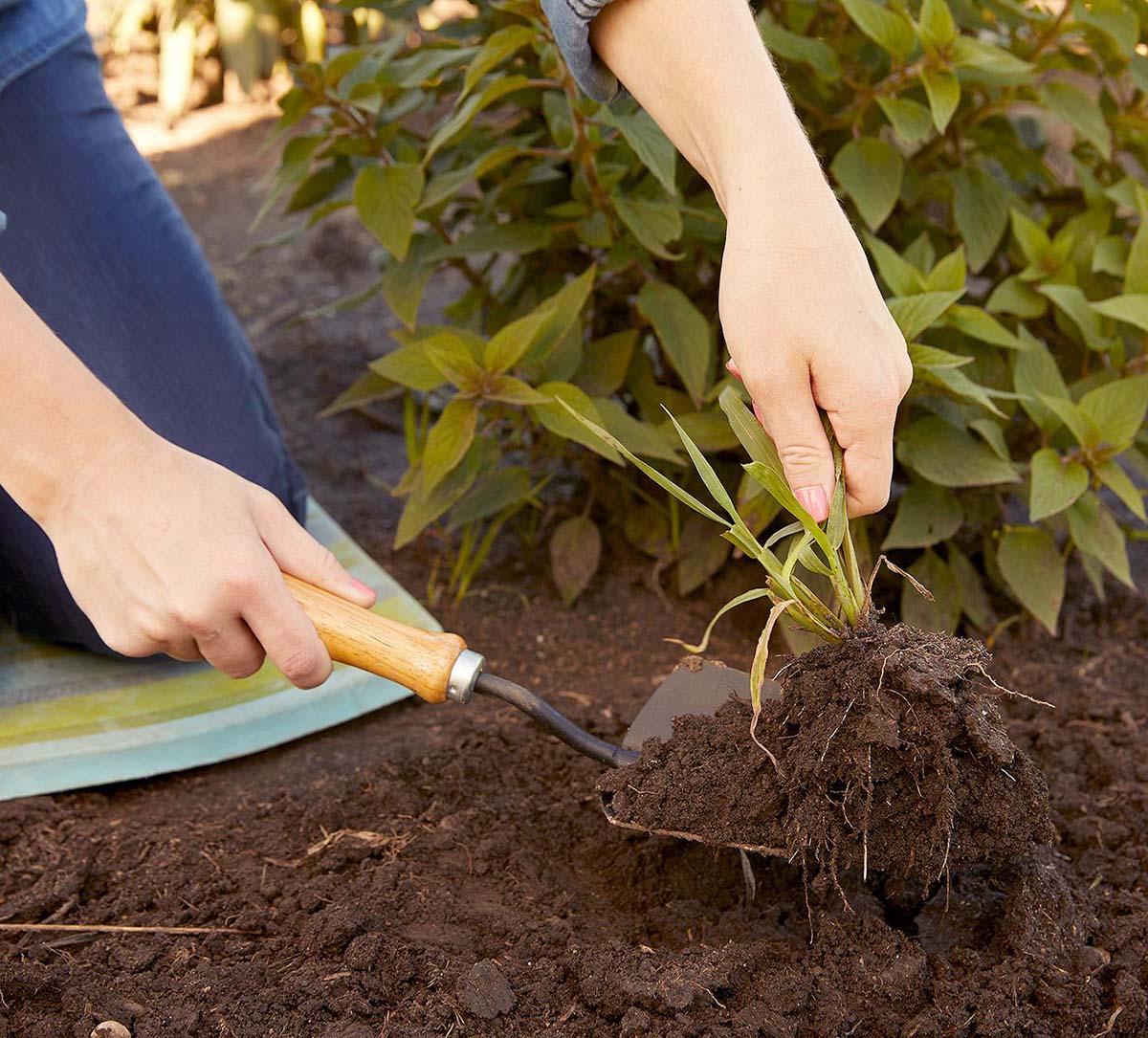
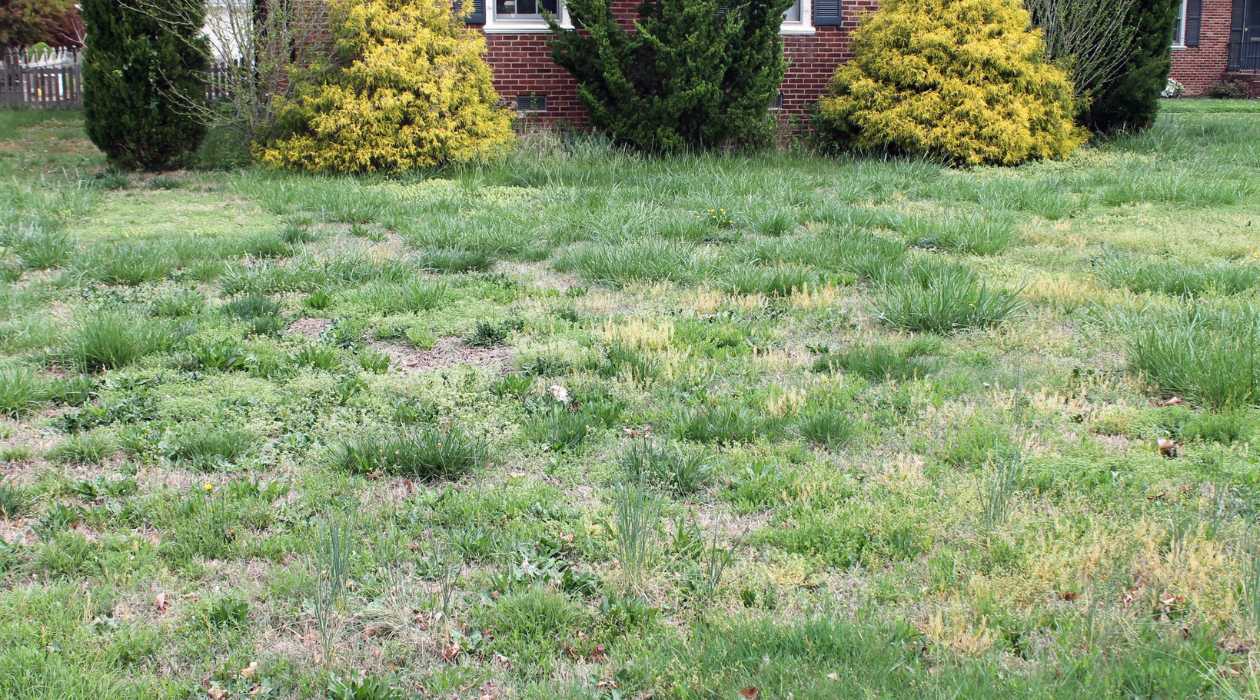
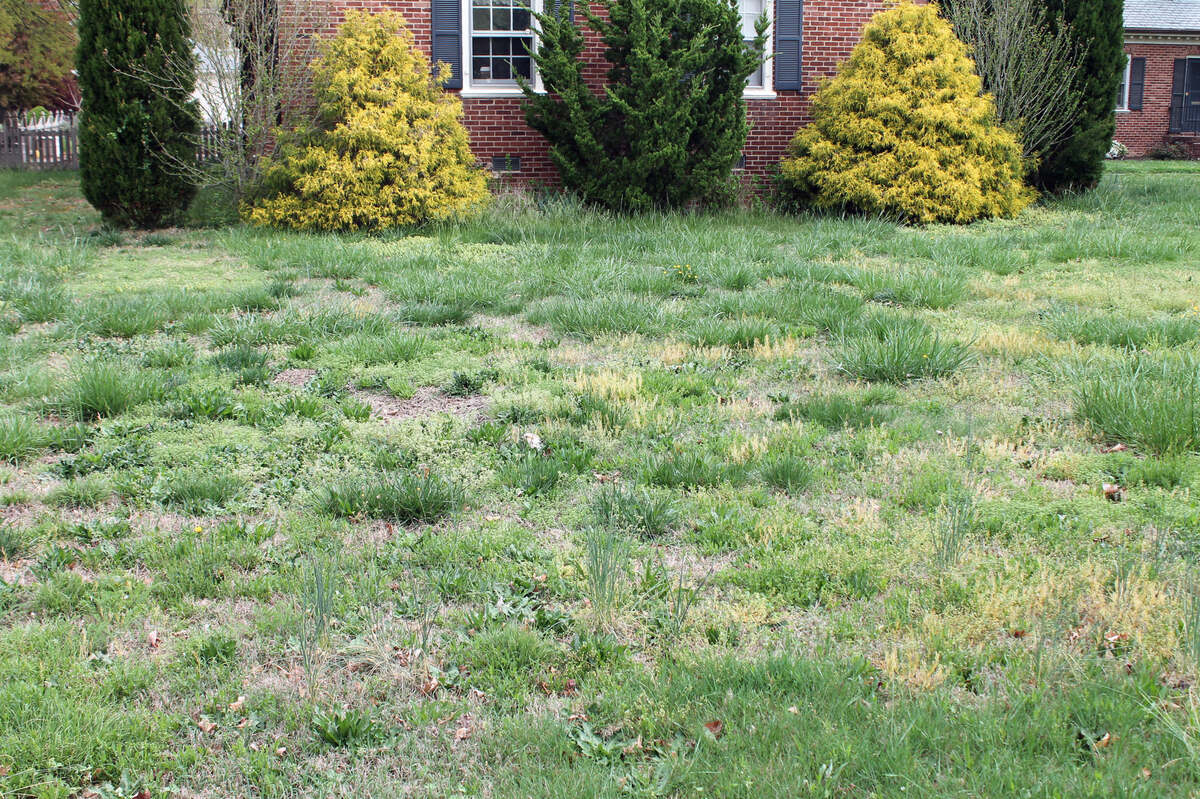
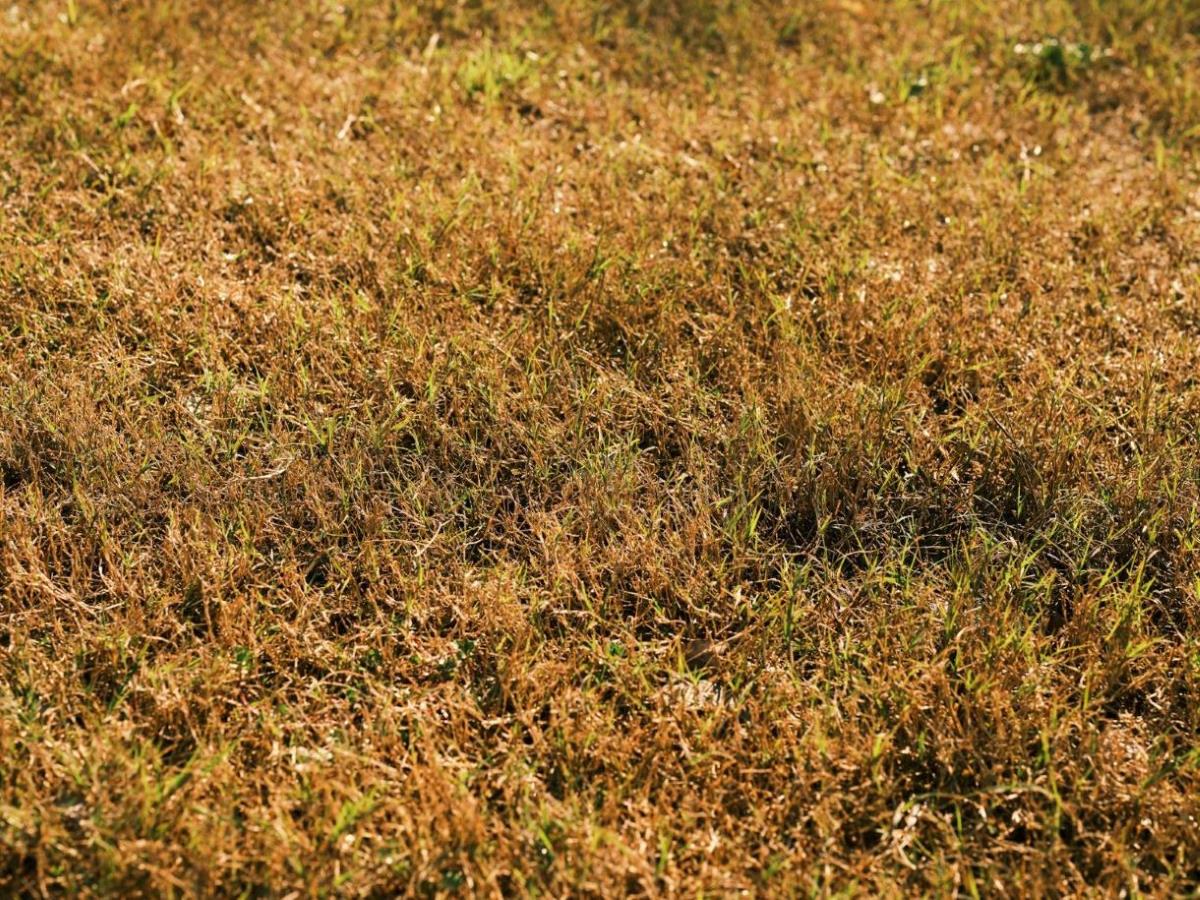
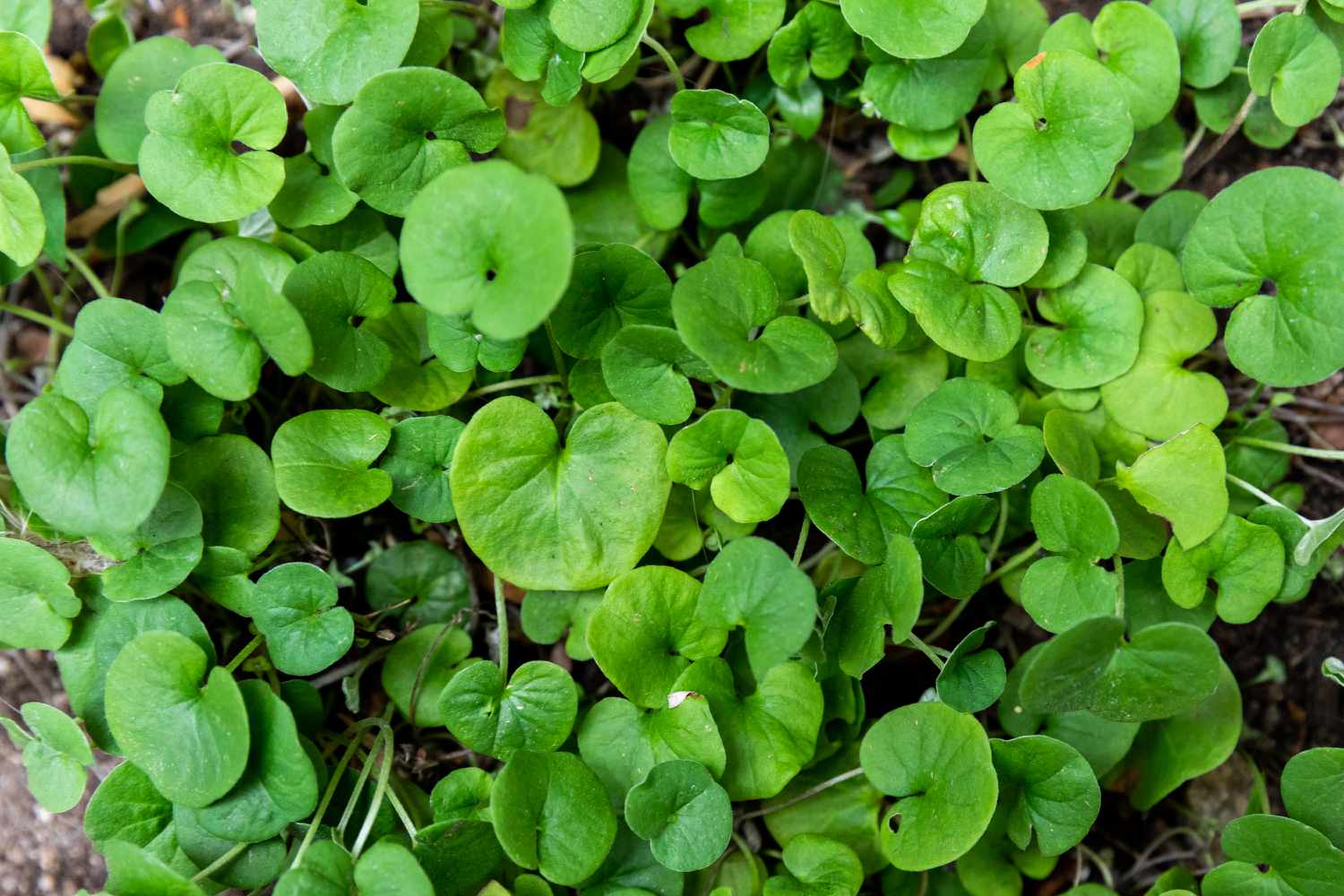
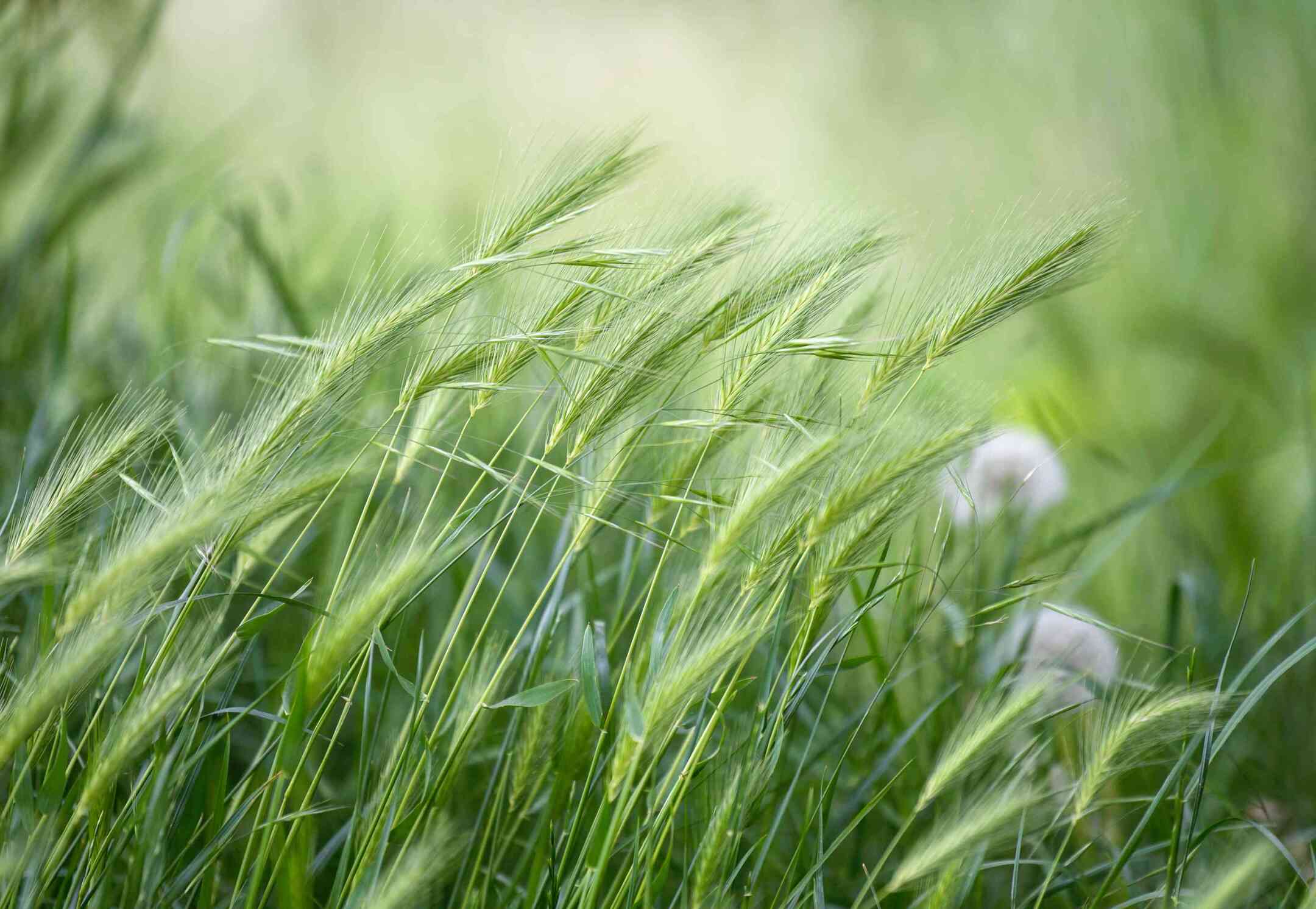
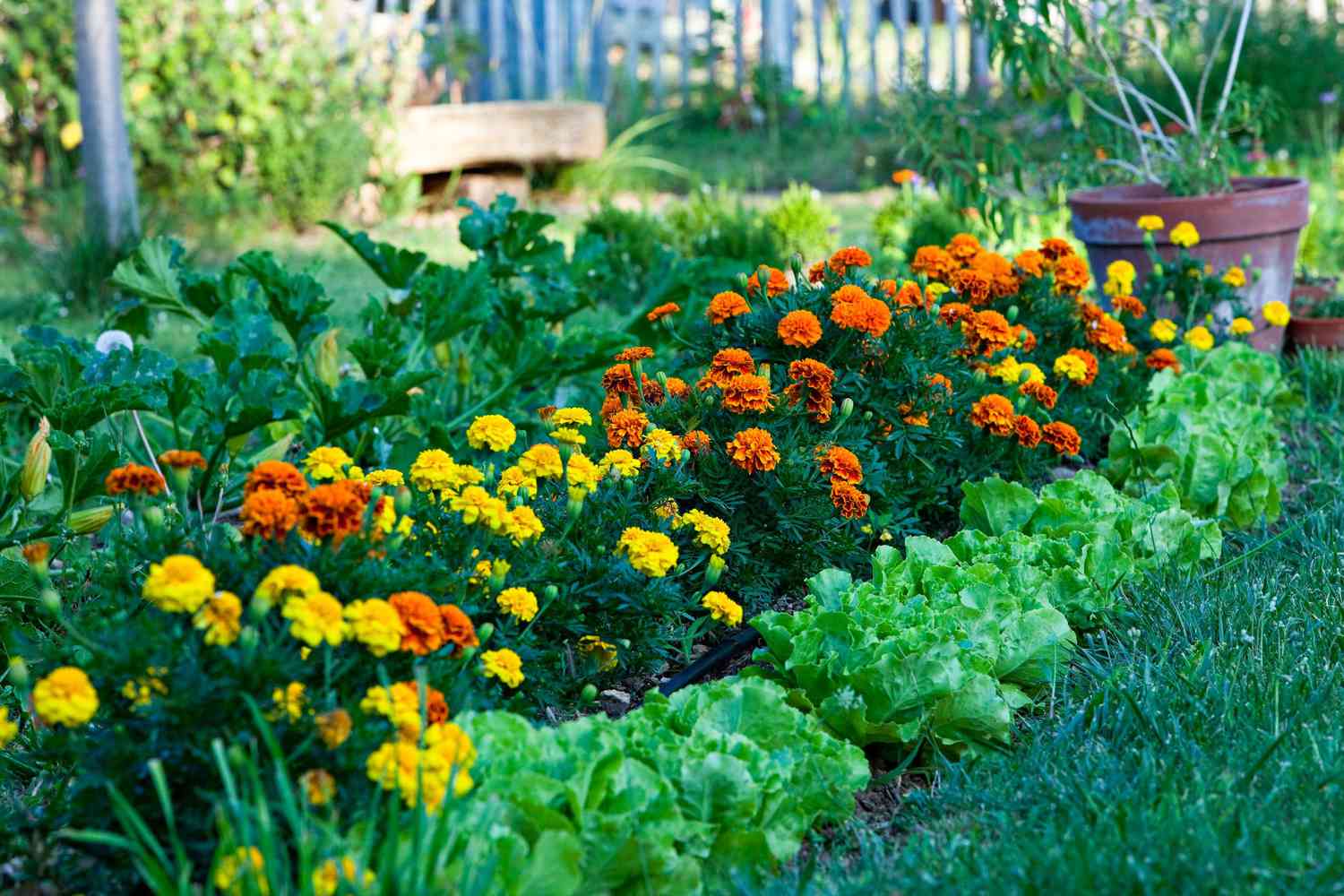
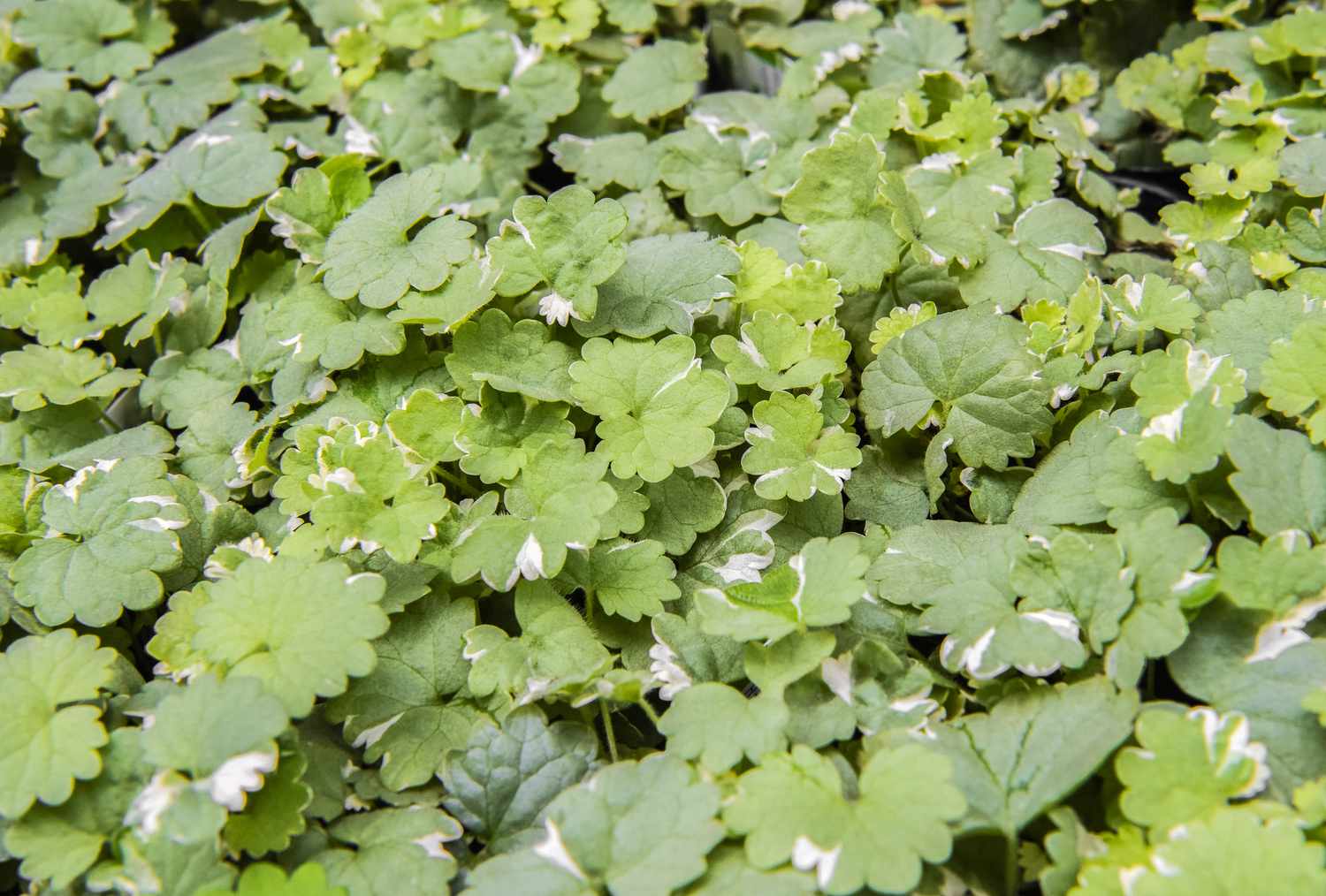
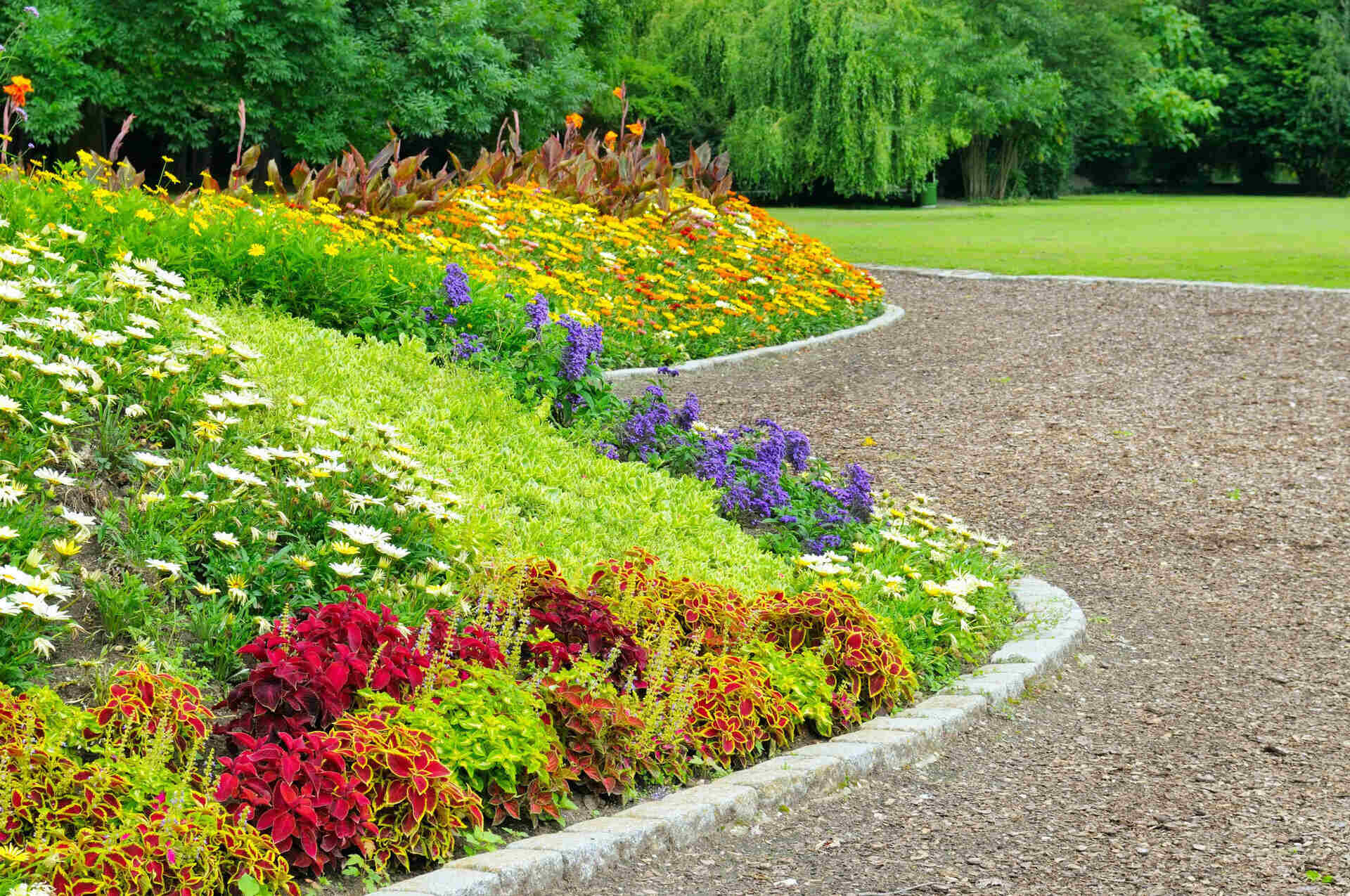
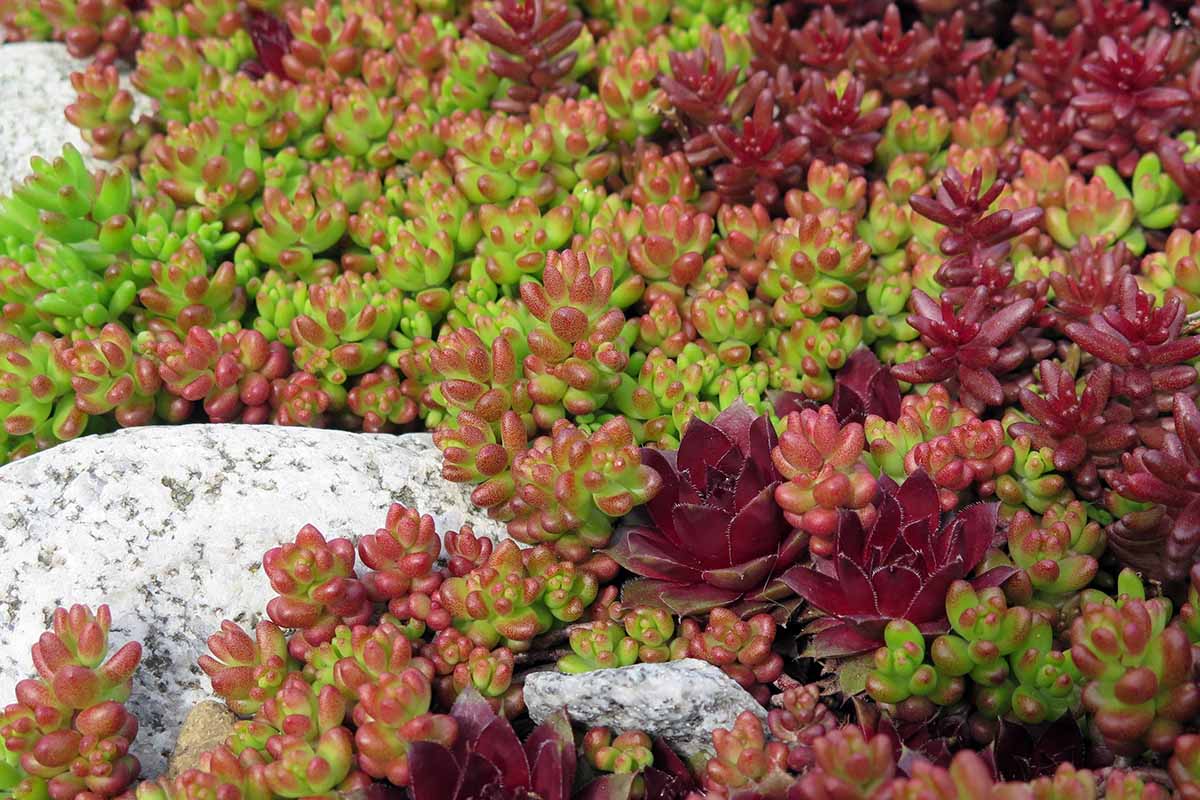
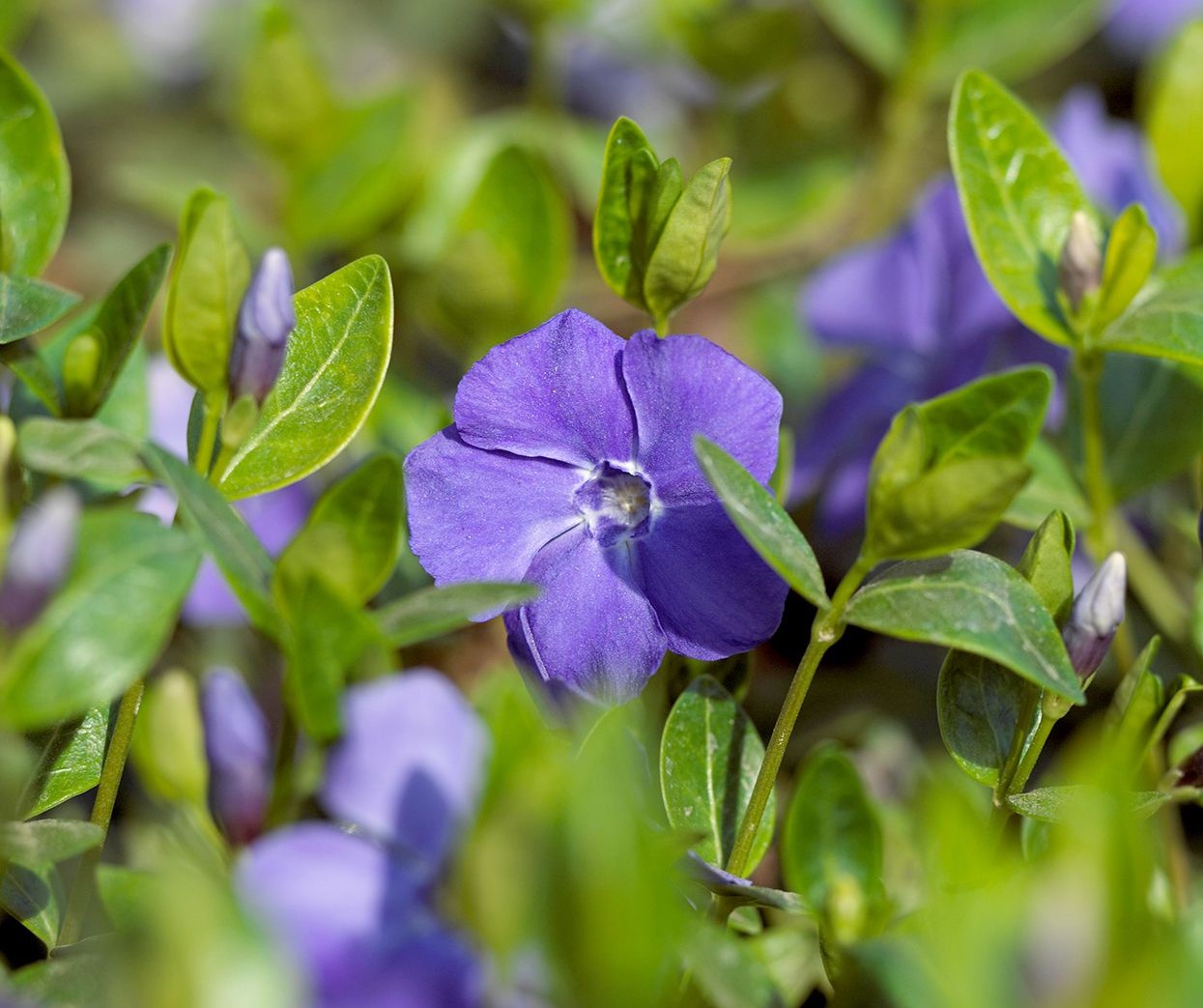


0 thoughts on “How To Clean A Yard That Is Overgrown With Weeds, Rocks, Ground Cover”